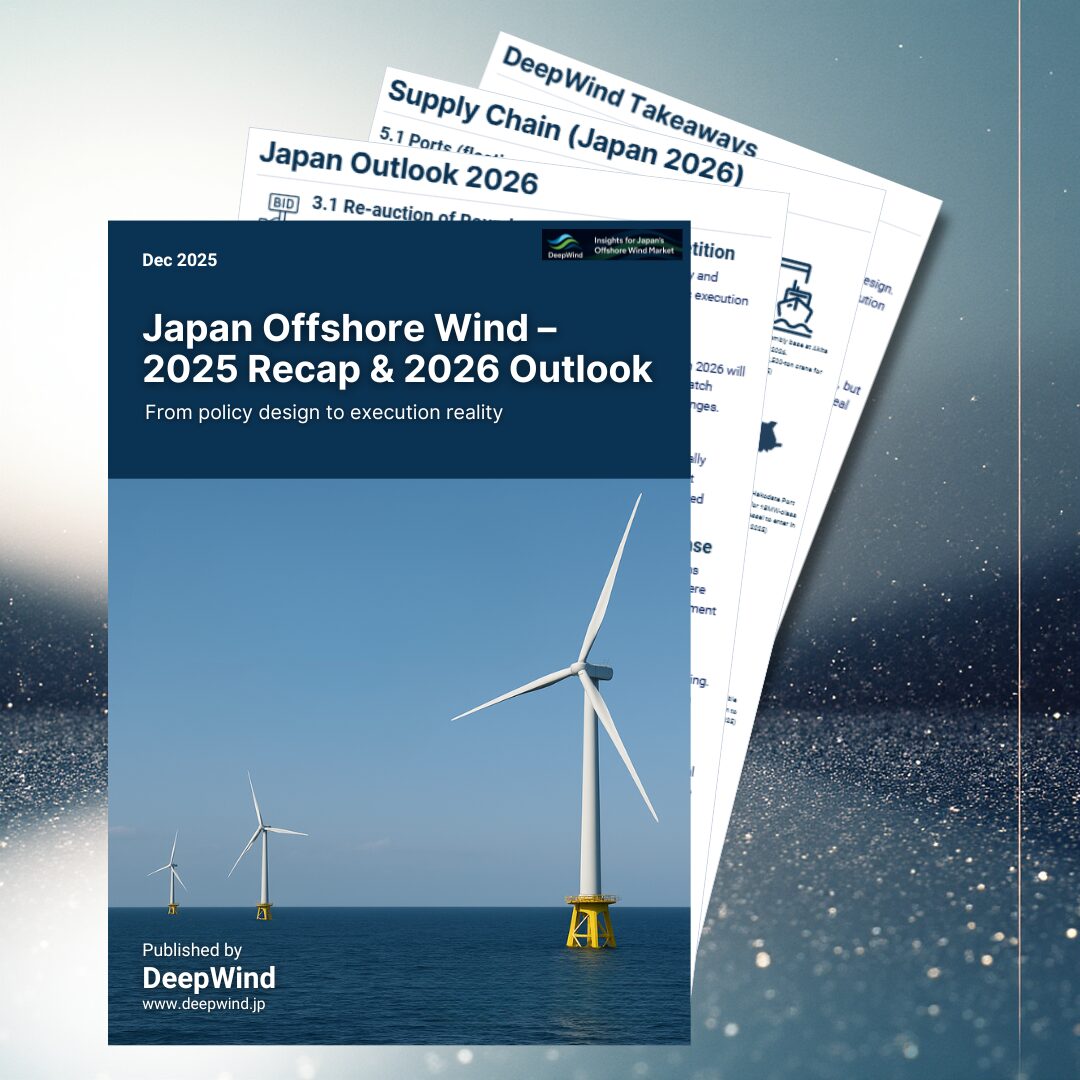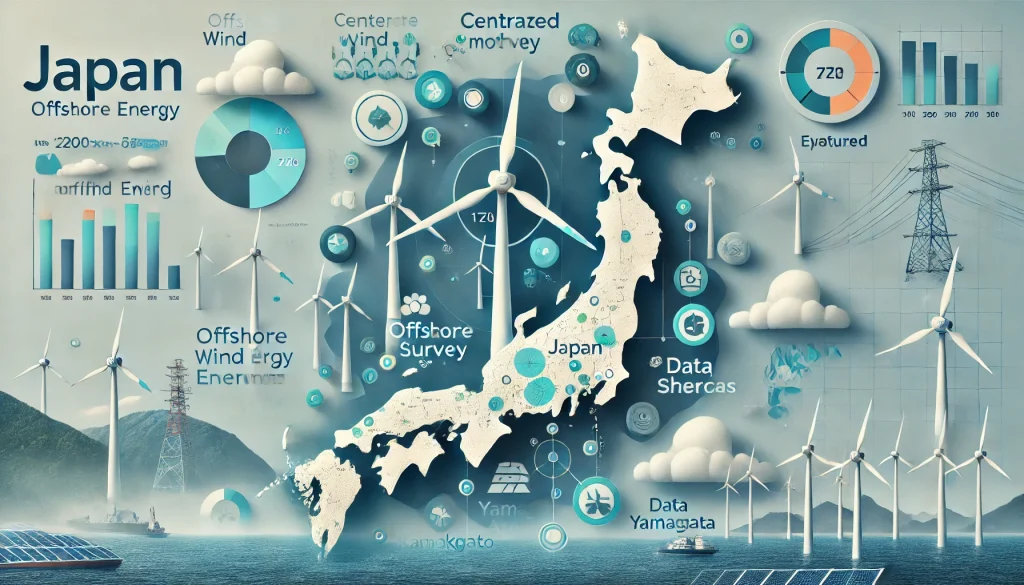Introduction
Japan’s Strategic Energy Plan is the cornerstone of Japan’s national energy policy. This article explores its legal framework, historical context, energy mix targets, and the implications for offshore wind—particularly following the Cabinet approval of the 7th Strategic Energy Plan in February 2025.
While this article focuses on a specific topic, those looking to understand Japan’s overall offshore wind policy and regulatory framework should also read our comprehensive summary here:
👉 Japan’s Offshore Wind Policy & Regulatory Framework: Laws, Permits, and Support Schemes
1. Overview of the Strategic Energy Plan
Japan’s Strategic Energy Plan is formulated based on the Basic Act on Energy Policy enacted in 2002. It is reviewed approximately every three years and approved by the Cabinet. The plan represents the government’s highest-level roadmap for medium- to long-term energy policy.
The plan is built on the principle of achieving a balance among the “S+3E” objectives:
- S (Safety): Ensuring public safety
- E (Energy Security): Stable energy supply
- E (Economic Efficiency): Economic growth and efficiency
- E (Environment): Environmental protection and climate action
2. Key Elements of the 7th Strategic Energy Plan (Approved February 2025)
The 7th Plan defines a clear path toward carbon neutrality by 2050 and sets a 73% reduction target for greenhouse gas emissions by FY2040. The plan maintains the policy of promoting renewables as a primary energy source.
Outlook for Japan’s Power Generation Mix in FY2040
| Power Source | FY2023 (Preliminary) | FY2040 (Outlook) |
|---|---|---|
| Renewable Energy | 22.9% | Around 40–50% |
| Solar | 9.8% | Around 23–29% |
| Wind | 1.1% | Around 4–8% |
| Hydro | 7.6% | Around 8–10% |
| Geothermal | 0.3% | Around 1–2% |
| Biomass | 4.1% | Around 5–6% |
| Nuclear Power | 8.5% | Around 20% |
| Thermal Power | 68.6% | Around 30–40% |
Source: Agency for Natural Resources and Energy, Overview of the Strategic Energy Plan

3. Offshore Wind: A Key Strategic Focus
Offshore wind is a core pillar of the renewable energy strategy. The government aims to install 10 GW by 2030 and 30–45 GW by 2040. These targets are explicitly stated in the Strategic Energy Plan.
Policy tools supporting offshore wind include:
- Promotion Zones and public tenders
- Feed-in Premium (FIP) system integration
- Grid prioritization and port infrastructure development
- Support for domestic supply chain development
These measures align with the plan’s dual goals of accelerating decarbonization and strengthening industrial competitiveness.
4. Future Outlook
The 7th Plan outlines multi-layered strategies to reshape Japan’s energy landscape, including further renewable integration, nuclear energy utilization, commercialization of hydrogen and ammonia, and deployment of storage systems and demand response.
In offshore wind, post-2040 roadmaps and industrial policy will become increasingly central, with enhanced support likely for domestic manufacturing and grid readiness.
Conclusion
While the Strategic Energy Plan does not carry legal enforcement, its targets and directions function as a powerful policy signal. It guides corporate strategy, investment decisions, and local government planning.
For investors and stakeholders in renewable energy—particularly in offshore wind—the Strategic Energy Plan is an essential framework to monitor, interpret, and act upon in Japan’s evolving energy transition.
For a broader understanding of Japan’s offshore wind legal system, policy structure, and support measures, be sure to check out our pillar article:
🌊 Japan’s Offshore Wind Policy & Regulatory Framework: Laws, Permits, and Support Schemes
Explore more categories at DeepWind:
- 🔍Market Insights – Understand the latest trends and key topics in Japan’s offshore wind market
- 🏛️Policy & Regulations – Explore Japan’s legal frameworks, auction systems, and designated promotion zones.
- 🌊Projects – Get an overview of offshore wind projects across Japan’s coastal regions.
- 🛠️Technology & Innovation – Discover the latest technologies and innovations shaping Japan’s offshore wind sector.
- 💡Cost Analysis – Dive into Japan-specific LCOE insights and offshore wind cost structures.



